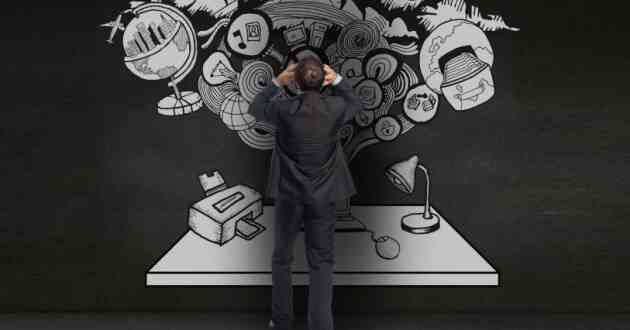Lacing Techniques Tell A Tale Of Comfort
- - Category: Men's Health
- - 12 Jan, 2024
- - Views: 20
- Save
Ways in which lacing can affect foot health!
Lacing is not about tying your shoes; it is crucial in maintaining the health and comfort of your feet. The correct lacing technique can make a difference, distributing pressure evenly, preventing blisters, and ensuring a snug yet comfortable fit. By strategically adjusting laces, you tailor your footwear to your unique foot shape, accommodating conditions like high arches or bunions. Properly secured laces contribute to stability, reducing the risk of injuries such as ankle sprains during activities. Beyond functionality, lacing adds a personalized touch, enhancing the overall experience of wearing your favorite shoes. So, lace up thoughtfully – Step into style,your step towards happy, healthy feet.
Lacing techniques refer to different ways of tying shoelaces to achieve specific goals, such as providing comfort, stability, or aesthetics. There are various lacing methods, and the choice of technique often depends on the type of shoe, foot shape, and personal preferences. The effectiveness of a lacing technique can vary depending on the individual's foot shape and the specific requirements of the activity. Experiment with different lacing methods to find the one that best suits your needs and provides comfort.When it comes to running shoes, selecting an appropriate lacing technique is essential for achieving a comfortable and secure fit. A lacing method helps prevent heel slippage, black toenails, or discomfort during runs.
Lacing techniques can have an impact on foot comfort, support, and overall foot health. The choice of lacing method may influence pressure distribution, stability, and accommodation of foot issues.
Ways in which lacing can affect foot health:
- Different lacing techniques distribute pressure across the foot in varying ways. Some methods, like gap lacing or over-under lacing, help alleviate pressure points and reduce discomfort.
- Different lacing methods, such as lock lacing or runner's loop lacing, provide additional stability and support around the ankle. It is beneficial for activities that involve a lot of lateral movement or impact, like running or sports.
- Individuals with specific foot conditions, such as high arches, flat feet, or bunions, find relief by using lacing techniques. For example, straight lacing might be comfortable for those with high insteps, while gap lacing can accommodate bunions.
- Lacing methods like the runner's loop or heel lock are designed to prevent slippage inside the shoe. It can be important for avoiding blisters and maintaining stability during activities.
- Tying laces too tight can affect blood circulation to the feet. It is important to find a balance between a snug fit and maintaining proper circulation.
- Lacing methods allow customization based on individual preferences and foot anatomy. Experimenting with different techniques can help individuals find the most comfortable and supportive fit.
While lacing methods can contribute to foot comfort, consider other factors such as shoe size, shoe type, and the activities you engage in. Additionally, individuals with persistent foot issues should consult with a Houston podiatrist at DeNiel Foot & Ankle Center for personalized advice on footwear and lacing techniques that best suit their needs.



